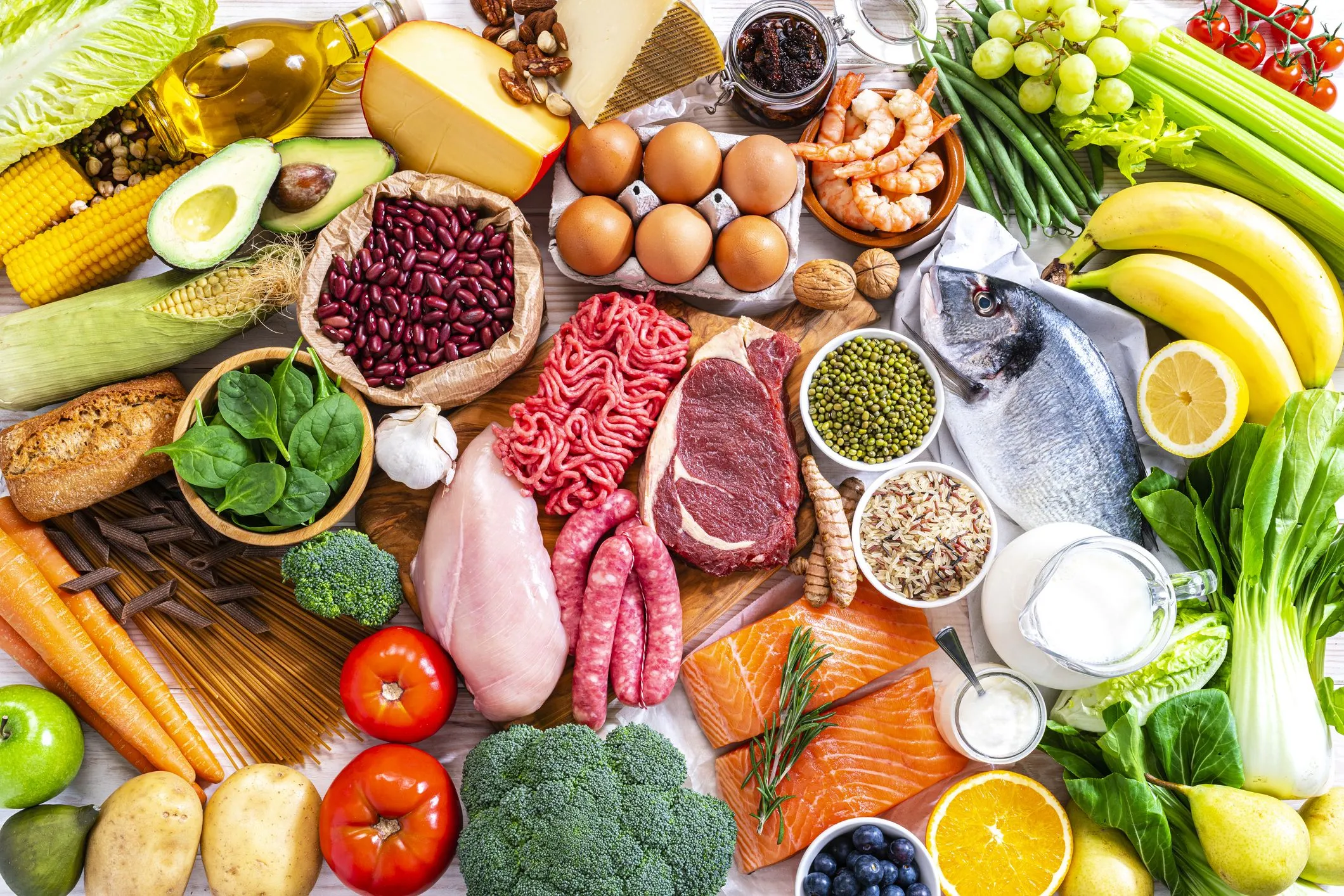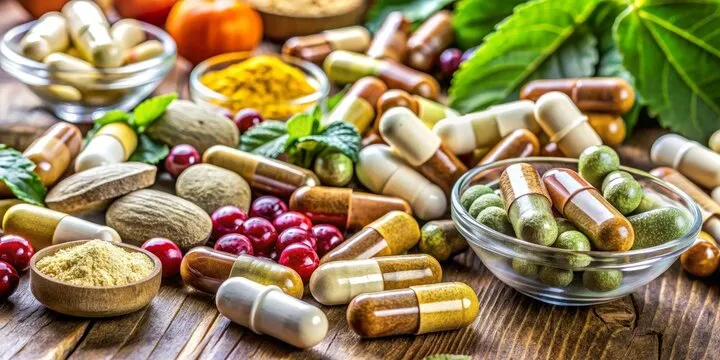Protein is often hailed as a game-changer for weight management, and for good reason. A high-protein diet not only helps curb your appetite but also preserves muscle mass and boosts metabolism. By making protein a cornerstone of your diet, you can achieve sustainable weight loss while maintaining your energy levels and overall health.
What Is a High-Protein Diet? Explanation and Benefits
A high-protein diet involves increasing your protein intake to support weight loss and overall health. Typically, this means consuming protein-rich foods that provide 25-35% of your daily caloric intake. Variations of high-protein diets include ketogenic diets, low-carb high-protein plans, and plant-based high-protein approaches.
Benefits of High-Protein Diets for Weight Loss
- Satiety: Protein promotes feelings of fullness, reducing overall calorie intake.
- Metabolism Boost: Digesting protein burns more calories compared to fats or carbs.
- Fat Loss Preservation: High-protein diets help maintain lean muscle while losing fat.
Top High-Protein Foods to Include
Lean Meats and Poultry
- Chicken Breast: Low in fat and high in protein, ideal for weight loss.
- Turkey: A lean alternative to beef, rich in protein and micronutrients.
- Lean Cuts of Beef and Pork: Choose options like sirloin or tenderloin for high protein and lower fat content.
Plant-Based Proteins
- Lentils and Chickpeas: Packed with protein and fiber, perfect for soups, salads, and stews.
- Quinoa: A complete protein source that’s versatile and gluten-free.
- Tofu and Tempeh: Excellent vegan protein options that adapt well to various cuisines.
Dairy and Dairy Alternatives
- Greek Yogurt: High in protein and probiotics, perfect for breakfast or snacks.
- Cottage Cheese: A versatile, protein-rich option for savory or sweet dishes.
- Plant-Based Milks: Look for protein-fortified options like soy or pea milk.
Protein Snacks
- Hard-Boiled Eggs: Portable and nutrient-dense.
- Nuts and Seeds: Almonds, chia seeds, and sunflower seeds offer a protein boost.
- Protein Bars/Shakes: Convenient and effective for on-the-go nutrition.
How Much Protein Do You Need for Weight Loss?
The amount of protein you need depends on factors like weight, activity level, and goals. A general guideline is:
- 0.8-1.2 grams of protein per pound of body weight for active individuals aiming for weight loss.
- For example, a 150-pound person might need 120-180 grams of protein daily.
Use an online protein calculator to tailor recommendations to your specific needs.
Sample High-Protein Meal Plan: 7-Day Plan with Recipes
Here’s a balanced 7-day high-protein meal plan to kickstart your weight loss journey:
Day 1
- Breakfast: Protein pancakes with Greek yogurt and berries.
- Lunch: Grilled chicken salad with quinoa and avocado.
- Dinner: Baked salmon with roasted vegetables.
- Snacks: Hard-boiled eggs and a handful of almonds.
Day 2
- Breakfast: Scrambled eggs with spinach and feta.
- Lunch: Turkey and veggie lettuce wraps.
- Dinner: Lentil curry with basmati rice.
- Snacks: Cottage cheese with sliced peaches.
(Continue with similar ideas for the rest of the week, ensuring a mix of lean meats, plant-based proteins, and protein-rich snacks.)
Common Myths About Protein and Weight Loss
Myth 1: High-Protein Diets Harm Your Kidneys
Truth: Unless you have pre-existing kidney issues, high-protein diets are generally safe for healthy individuals.
Myth 2: You Can Eat Unlimited Protein and Lose Weight
Truth: Excess calories, even from protein, can lead to weight gain. Balance is key.
Myth 3: Protein Is Only for Bodybuilders
Truth: Protein is essential for everyone, not just athletes, as it supports numerous bodily functions.
Recap and Tips for Starting Your High-Protein Diet Journey
A high-protein diet can be a transformative tool for weight loss, helping you feel full, preserve muscle, and boost metabolism. To get started:
- Incorporate a variety of protein-rich foods into your meals.
- Use tools like protein calculators to personalize your intake.
-
Plan meals and snacks ahead to stay on track.



